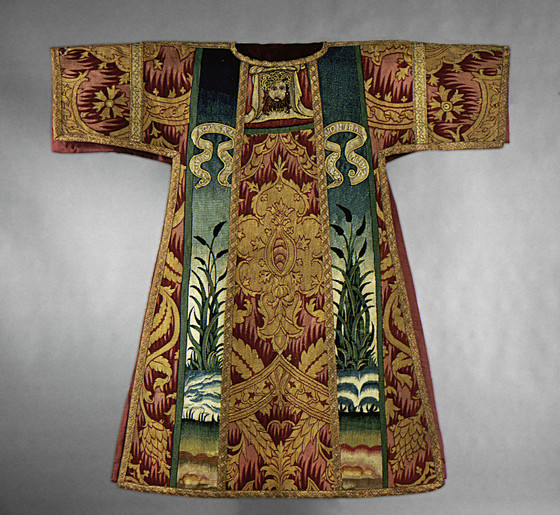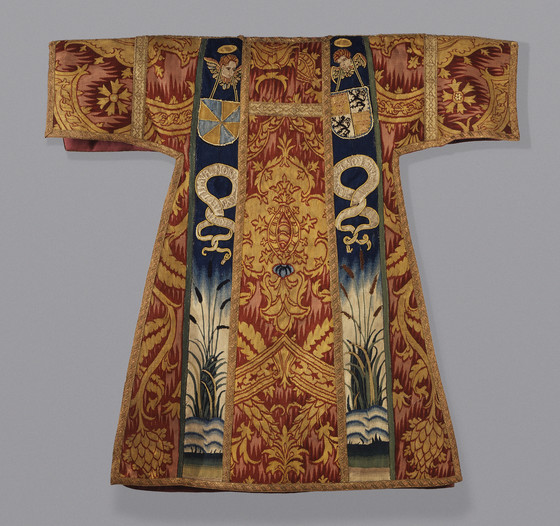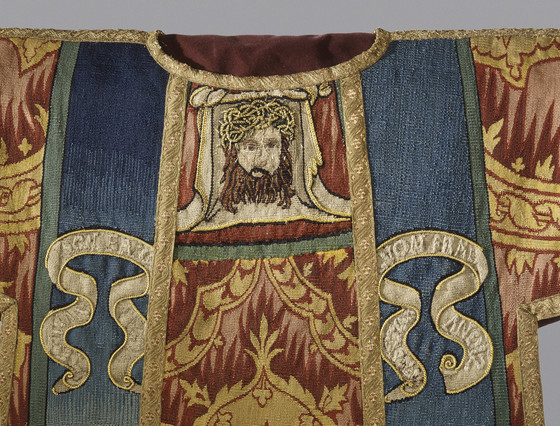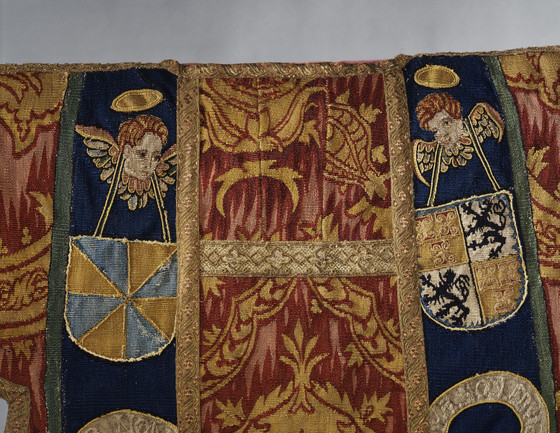Dalmatic




Please log in to add this item to your gallery.
View comments
No comments have been posted yet.
Add a comment
Please log in to add comments.
Please log in to add tags.
* Nearly 20,000 images of artworks the museum believes to be in the public domain are available to download on this site.
Other images may be protected by copyright and other intellectual property rights.
By using any of these images you agree to LACMA's Terms of Use.
Dalmatic
Netherlands, circa 1570
Costumes; !Primary
Linen, silk, and wool tapestry weave with linen and metallic-thread passementerie
Center back length: 43 3/8 in. (110.17 cm)
Gift of Mrs. Ellie Stern, Bullocks Wilshire, the Costume Council, and Mrs. Madeline B. Nelson (M.79.117)
Not currently on public view


